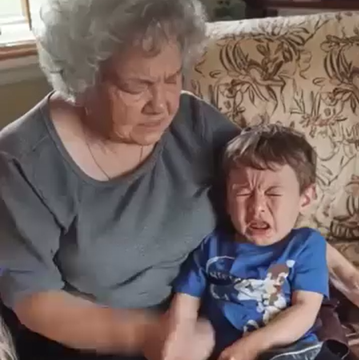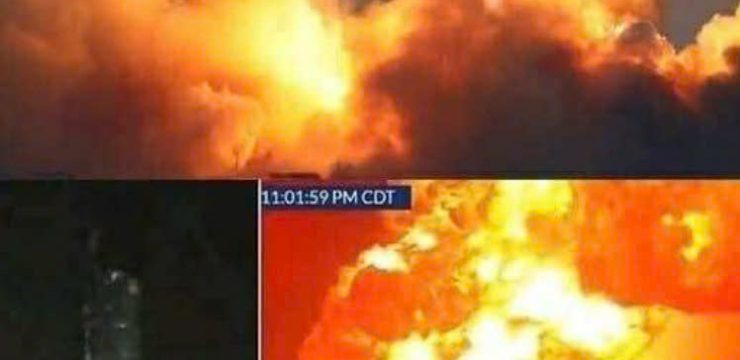Nearly 24 years after the September 11 terrorist attacks shook the United States and the world, three more victims have finally been identified through the use of advanced DNA analysis, bringing long-awaited answers to some families while reminding us of the thousands who still wait for closure.

The attacks, carried out on September 11, 2001, by the Islamist extremist group Al-Qaeda, remain the deadliest act of terrorism in history. Four coordinated hijackings resulted in unimaginable tragedy: two planes were deliberately crashed into the Twin Towers of the World Trade Center in New York City, a third was flown into the Pentagon, and a fourth, believed to be bound for Washington, D.C., crashed into a field in Pennsylvania after passengers heroically fought back against the hijackers. In total, 2,976 lives were lost on that devastating day. Yet, despite years of painstaking recovery efforts, nearly 40 percent of those victims have never been formally identified. Out of all who perished, about 1,100 remain unnamed, leaving their families without the solace of final confirmation.
The New York City Office of the Chief Medical Examiner (OCME) announced on August 7, 2025, that three more individuals have been positively identified, bringing the total number of identified victims to 1,653. The victims are Ryan Fitzgerald of Floral Park, New York, Barbara Keating of Palm Springs, California, and a third woman whose family has chosen not to release her name. For their loved ones, these breakthroughs offer long-overdue answers, even as the grief of that day remains raw. Fitzgerald was just 26 years old when he died in the North Tower. According to an online obituary, he had only recently moved into his own apartment in Manhattan and had just started a new job at Fiduciary Trust, working on the foreign currency exchange desk.
His identification came from remains recovered in 2002 that were finally matched using the newest DNA technology. Keating, by contrast, was 72 years old and a grandmother. She was a passenger aboard American Airlines Flight 11, the first plane to strike the North Tower. Her remains, recovered in 2001, were re-analyzed with the latest scientific methods, finally confirming her identity more than two decades later. The third victim, an adult woman, has been identified, but her family asked that her name remain private, a reminder of the deeply personal grief that still surrounds every lost life.
New York Mayor Eric Adams emphasized the importance of these identifications in a public statement, saying, “The pain of losing a loved one in the September 11th terror attacks echoes across the decades, but with these three new identifications, we take a step forward in comforting the family members still aching from that day.” His words reflect the ongoing mission not only to honor those who died but to ease, in whatever small way possible, the enduring grief of their families. Chief Medical Examiner Dr. Jason Graham echoed that sentiment, noting that “nearly 25 years after the disaster at the World Trade Center, our commitment to identify the missing and return them to their loved ones stands as strong as ever.”
He stressed that each identification is more than a scientific achievement—it is a moral responsibility and a way of honoring the victims. He described the work as both a promise of science and a testament to the persistence of outreach to families, demonstrating that time has not lessened the determination to bring closure. Forensic scientists and medical examiners have faced extraordinary challenges in this task, as many of the remains recovered from Ground Zero were severely damaged by fire, collapse, and time. Yet advances in DNA analysis, including the use of more sensitive testing methods, have enabled matches that were previously impossible. Each breakthrough underscores the progress of science and the enduring patience of families who continue to hope for answers.
While these new identifications mark an important milestone, they also serve as a stark reminder that nearly 1,100 victims remain unidentified, their families still living in uncertainty after almost a quarter of a century. For those families, the wait continues, though each successful match brings renewed hope that answers may still come. The legacy of 9/11 is measured not only in loss but also in resilience, as the nation continues to remember, honor, and rebuild. These new identifications are part of that ongoing effort, a blend of science, compassion, and determination that demonstrates how even decades later, the commitment to the victims of September 11 has not diminished. For families like those of Fitzgerald, Keating, and the unnamed woman, the confirmation of their loved one’s identity is a painful relief—a reminder of the person they lost and a final acknowledgement of their story within the larger narrative of a day that changed history forever.





